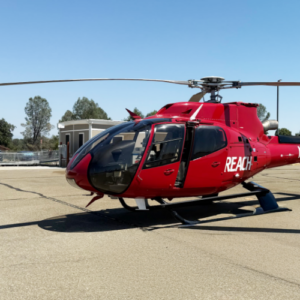Hiking is a favorite American pastime. From sandy beachside dunes, higher elevation climbs or peaceful forests, you’ll find hikers on the trail year-round. For experienced hikers, injuries are expected. The more time spent on treks teaches that the simplest misstep can result in a sprain or a trip-and-fall when off the beaten path. Because experience is a great teacher, well-heeled hikers know to bring along first aid kits that can help when the inevitable injury occurs. Less experienced hikers might not be as ready for common hiking injuries and find themselves far afield, injured and unprepared.
Experienced hikers know that the first line of defense is good footwear. Regular tennis shoes or, heaven forbid, flip-flops does not a safe hike make. There is a reason for different types of footwear, and hiking shoes are a must for stability, cushioning and the grip needed to traverse the trails. To avoid the most common hiking injury, blisters, be sure to break in the shoes before getting on the trail and use socks that are appropriate to the task at hand.
Sprains, strains and even fractures can happen on the trail- especially on the more difficult ones. A first-aid kit is a must for these types of injuries. The Red Cross has a comprehensive first aid kit checklist that will help you build out a kit that can help treat injuries you may experience on your hike.
Bites, stings and envenomation can happen on the trail. If you are going through areas with large snake populations, you may want to invest in leg guards as a preventative measure. For bee stings, scorpion stings and other bug bites topical antiseptics are generally all you’ll need. Prevention is worth a pound of cure, so bring bug spray and avoid areas where biting insects occur.
For more serious injuries, the kind that make extricating yourself nearly impossible, your best preparation is a fully charged phone and GPS device. They are the most valuable items in an emergency kit. Breaking a bone, snake bite, or serious falls can be the types of issues that happen on a hiking trail requiring medical assistance to come to you. Be sure your device is fully charged and that someone at home knows where you are going and when you’ll be back.
Emergency Care for Hikers
If you routinely hike far from higher levels of care, you’ll also want to add the financial protection of AirMedCare Network’s membership. When you are seriously injured and need air ambulance transport from a remote location to a hospital, our experienced air ambulance crews can respond. Only when treated by an AMCN provider; you pay no additional costs out of pocket for your care. This financial confidence that you can receive the timely care you need where you need without financial risks is priceless peace of mind anywhere you are.
Hiking Injury Care Takeaways
- Most hiking injuries are minor and can be managed with a well-prepared first-aid kit.
- Wearing proper hiking shoes is essential to reduce the risk of blisters, sprains, and other common trail injuries.
- For severe injuries where self-care is not possible, having a fully charged cell phone and GPS device is crucial for getting help quickly.

Does Medicare cover Air Ambulances?
Why to Consider AirMedCare Network Membership Imagine needing emergency medical help and not worrying about the cost. That’s what AirMedCare Network (AMCN) offers. With over

Tips for Staying Healthy on a Cruise
Cruising blends adventure with relaxation while exploring the world. But with so many fellow travelers on board in close quarters, endless temptations at the buffet

Global Medical Response to Open First Dedicated Air Medical Base on Oahu
New 24/7 critical-care helicopter, arriving in the fall, will ease rising EMS demand HONOLULU, Hawaii (July 22, 2025) — When rush-hour traffic brings Northshore and




